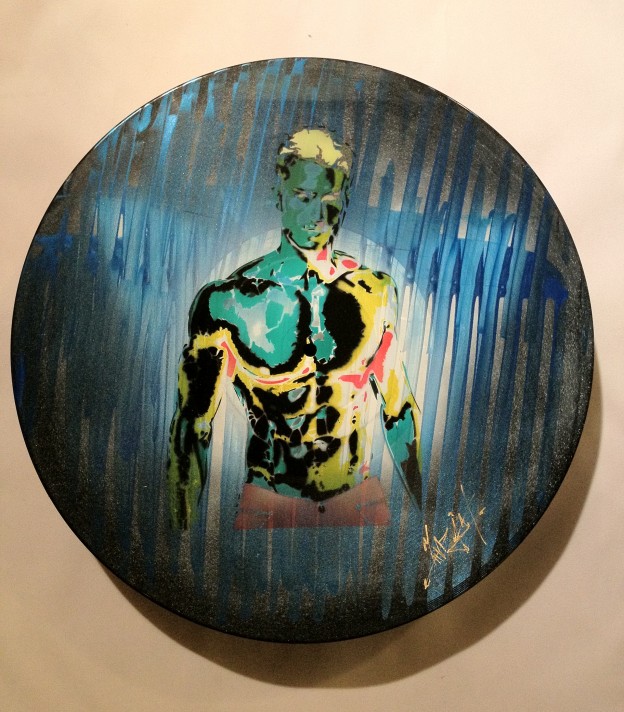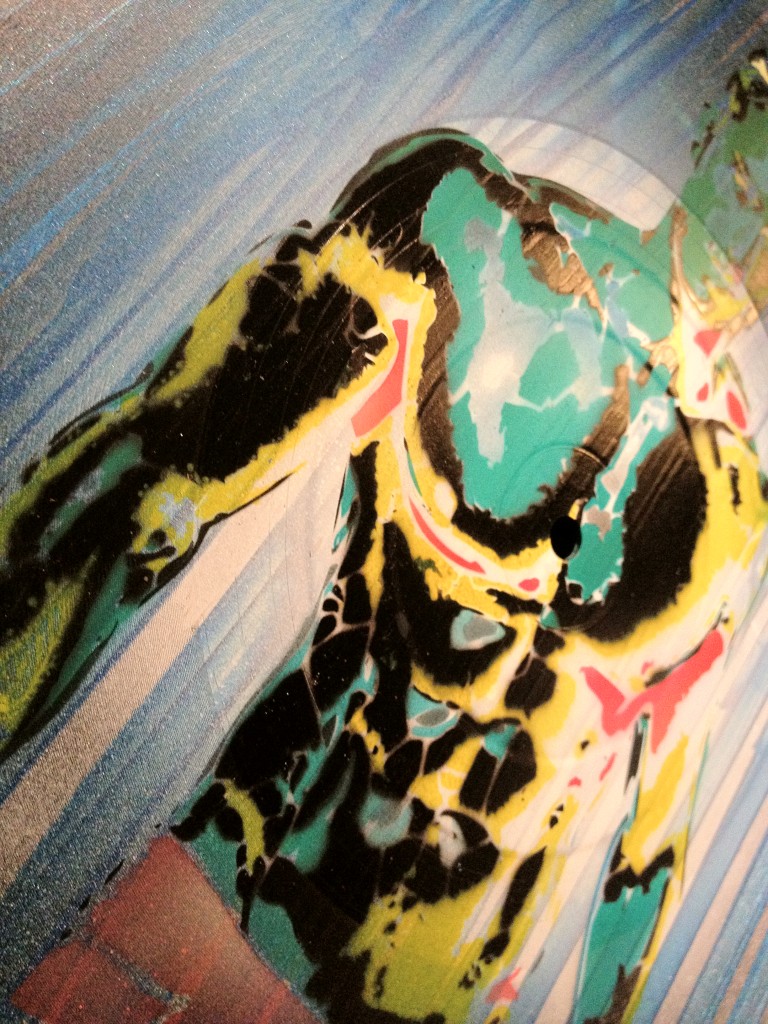If you’re looking to get gallery representation, or to sell your art in some other, more innovative way, we have to assume that you already have a body of work that consists of at least 20 or 30 works in a style, medium, colors, and subject matter that distinguish you from every other artist in some way.
Instead, here’s what I’m seeing, over and over, from artists who would like a career in art, but seem stuck in first gear: versatility. Generally speaking, people don’t want to know how versatile you are! With very few exceptions, I think you have to specialize for a long time before you can allow yourself the luxury of versatility.
In order to get people’s attention, it’s necessary to be recognizable, and it’s just not possible to do that with a portfolio that’s all over the map stylistically. And here’s a hint: If you want to have a gallery represent you, that gallery owner is going to want to know what you are about, and if she likes it and thinks it’s amazing, she will want more of those when she sells them all. What you need is a body of work.
I know I’m preaching to the choir to a degree here, that a lot of savvy artists already know they need a distinctive style, but I still hear many artists wondering out loud if they are somehow missing the mark.
An Exercise to Build a Body of Work
Here’s an exercise to consider. Decide on a style, subject matter, palette, and value range that you love, and are comfortable doing. Narrow it down. Dogs? Too broad. One breed only. Too broad. One specific dog only. That would definitely help narrow down your palette. Do that one dog over and over, in the same narrow range of colors. But that dog has to be no ordinary dog. She has to breathe the very essence of dogness, and can become a symbol of a myriad of things. Case in point — Cajun artist George Rodrigue with his famous Blue Dog in all her various incarnations.
But I’d take it even a few steps further. I’d do a series of 12 paintings of my dog on the same size and style of canvas (or paper.) My dog would probably have something in the background unrelated to dogs. And my dog probably wouldn’t be just sitting there looking out from the canvas all iconic and everything. Mine might be doing something else. Anyway, you get the idea. Focus, focus, focus! You’ve got nothing to lose but a few art materials, and you might actually enjoy staying with a series enough that you’ll do two dozen instead of just one.
If you like flowers, or landscapes, or seascapes, or birds, or fruit, apply this thinking process to any one of them. But no cheating. You have to choose just one thing! If it’s flowers, not just flowers, not just one variety, but it’s just one color of that variety. The more you narrow it down the better. If it’s fruit, and if you choose apples or pears, it had better be spectacular — or have some completely unique twist on it — unless you want to compete with a bazillion other apple and pear painters out there.
A Body of Work for Abstracts
Probably the most difficult one of all to tackle isabstracts. If you are an abstract painter, you have to make some different choices. A limited palette is good. But is it going to be geometric or organic? Atmospheric or hard-edged? Representational or non-representational? Saturated or subdued color? Textured or smooth surface? Choose. And make the same decisions you would if you were working with realistic subjects. When I made the decision to focus on one thing only, I spent four years working in a color-field style. Now I’m working in series, but try to keep each series together in one place.
The purpose of this is forcing yourself to choose something and stay with it long enough to amass a body of work that looks like you! You don’t have to stay with it forever, nor abandon your explorations into other things, but it is extremely beneficial to prove — to yourself as much as to your public — that you have the ability to focus on the essence of a thing. You might come out of it with a really cool series.
The photo accompanying this article shows a series of 12 encuastic paintings I did on one subject, the same size and shape (cradled wood panels, 12×12″). There are professors who prefer that you do a hundred, but a dozen will do for a start. Since I work non-objectively, sticking to one thing is even more of a challenge. If you did a hundred, you would have some discards, but you would undoubtedly see a pattern that would suggest a direction for you. Your style and body of work.
From Martha Marshall



Leave a Reply
You must be logged in to post a comment.